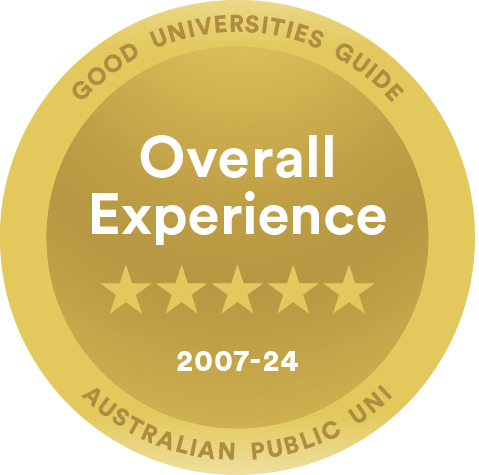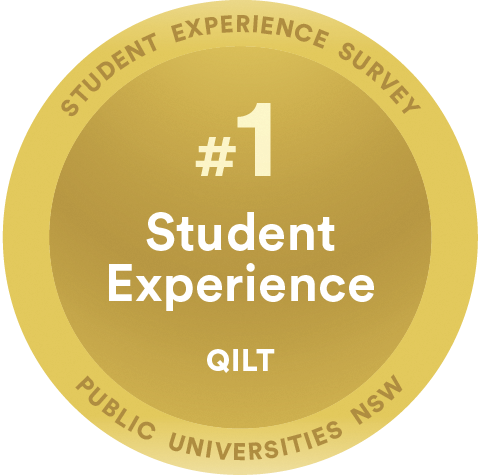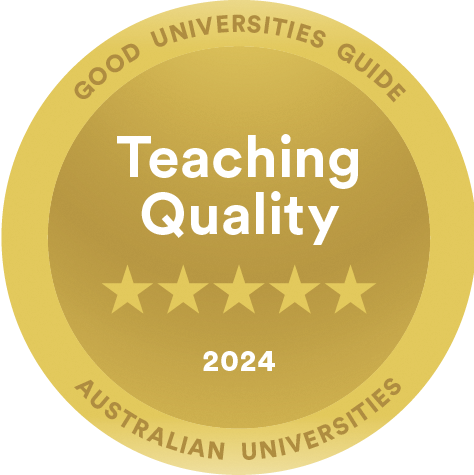Key facts
UNE unit code: GISC331
*You are viewing the 2024 version of this unit which may be subject to change in future.
- Trimester 1 - Online
- Yes
- No
- No
- 6
Unit information

Precisely located, quality field data and synoptic assessment of the landscape over broad areas are complementary skills critical to all geographical, earth and environmental sciences.
In this unit, you will gain a deep and work-ready knowledge of GPS and digital data capture, and knowledge of the ever-expanding range of both airborne and satellite imaging systems along with the interpretation skills of their outputs.
Future proof your career as you learn how to research, critically analyse and effectively communicate the results of field data capture or image interpretation.
Offerings
For further information about UNE's teaching periods, please go to Principal Dates.
| Teaching period | Mode/location |
|---|---|
| Trimester 1 | Online |
*Offering is subject to availability
Intensive schools
There are no intensive schools required for this unit.
Enrolment rules
Notes
Please refer to the student handbook for current details on this unit.
Unit coordinator(s)
Learning outcomes
Upon completion of this unit, students will be able to:
- demonstrate a broad and coherent knowledge of digital field data capture using global positioning systems;
- discuss and demonstrate the application of theoretical knowledge and technical skills in digital image interpretation to solve real world problems;
- analyse and apply a multi-disciplinary approach to solve complex problems using remote sensing data; and
- demonstrate the ability to research, synthesise, critically analyse, organise and communicate results of field data capture or image interpretation.
Learning resources
Textbooks are subject to change up to 8 weeks prior to the start of the teaching period in which you are undertaking the unit.
Note:
An Introduction to GNSS
ISBN: 9780981375403
Hexagon - NovAtel, NovAtel Inc. 2nd 2015
Text refers to: All offerings
Introduction to Remote Sensing
ISBN: 9781462549405
James B. Campbell, Randolph H. Wynne, and Valerie A. Thomas, Guilford Press 6th ed. 2022
Text refers to: All offerings
Earth Observation: Data, Processing and Applications. Volume 1B: Data—Image Interpretation.
ISBN: 97809943019
Harrison, B.A., Jupp, D.L.B., Lewis, M.M., Forster, B.C., Coppa, I., Mueller, N., Hudson, D., Phinn, S., Smith, C., Anstee, J., Grant, I., Dekker, A.G., Ong, C., and Lau, I., Australia and New Zealand CRC for Spatial Information 2nd (Revised 2018) 2017
Text refers to: All offerings
Earth Observation: Data, Processing and Applications. Volume 1A: Data—Basics and Acquisition.
ISBN: 97809943019
Harrison, B.A., Jupp, D.L.B., Lewis, M.M., Forster, B.C., Mueller, N., Phinn, S., Coppa, I., Hudson, D., Smith, C., Grant, I., Anstee, J., Dekker, A.G., Ong, C., and Lau, I.), Australia and New Zealand CRC for Spatial Information 2nd (Revised 2018) 2017
Text refers to: All offerings
A five-star experience
Five Stars,
18 Years in a Row
UNE is the only public uni in Australia awarded 18 straight years of five stars for Overall Experience
Good Universities Guide 2007-2024No.1 in NSW for
Student Experience
QILT (government-endorsed) ranks UNE as the top public NSW uni for Student Experience
QILT Student Experience SurveyFive Stars for
Teaching Quality
UNE rates among the top 20 per cent of universities in Australia for Teaching Quality
Good Universities Guide 2024
Studying online
At UNE we know it takes more than just being online to be a great online university. It takes time and experience. We pioneered distance education for working adults back in the 1950s, so we’ve been doing this longer than any other Australian university.
We understand the challenges faced by busy adults studying at home. We know that a vital part of online study is your engagement with the learning community. Communication with your classmates, teaching staff and university support staff will enhance your study experience and ensure that your skills extend beyond the subject matter. UNE’s teaching staff are experts in their field which is why UNE consistently receives five stars from students for teaching quality, support and overall experience.*
*The Good Universities Guide
Stay connected
Register your interest and we'll keep you updated
Why study with us?

I'm grateful to UNE for the opportunities studying has given me, but above all, for making me realise I could actually do it, and giving me a sense of accomplishment.
What happens next?
Got any questions about a course you would like to study? Don’t hesitate to contact us, our Future Student team is standing by to help.
2024 applications are now open. The application process only takes 20 minutes to complete. Don’t delay, apply now!
Your start date is based on the study period you choose to apply for.




